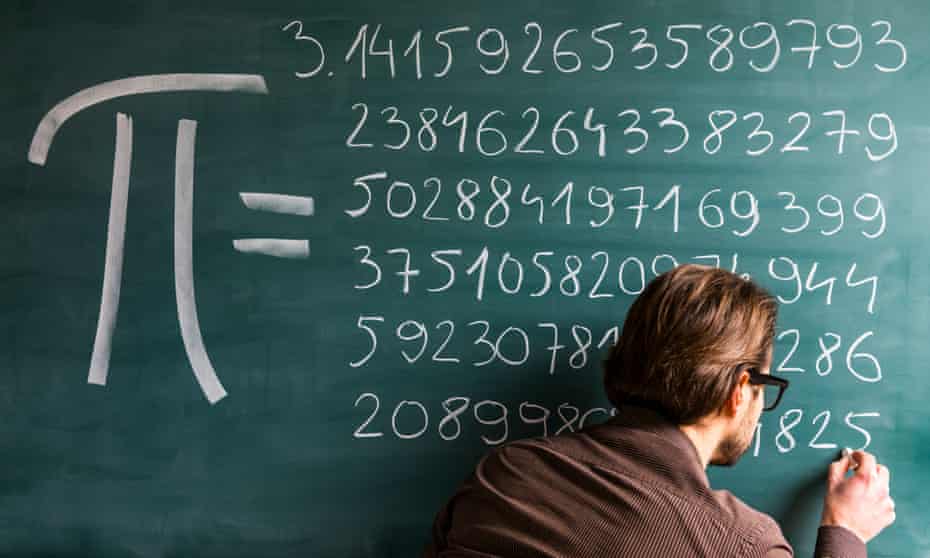We get it, math problems can be intimidating. But they’re not impossible to solve. At OMC, we believe that with the right techniques and a boost of confidence, you can solve any math problem, no matter what grade you’re in.
So…
We’ve gathered a few mind-blowing math tricks to help you speed up the problem-solving process and perform calculations faster and easier—which will come in handy during math tests or evaluations.
Furthermore, practicing these tricks can help you develop your mathematical thinking and deepen your understanding of science, technology, or economics.
Tables Of 6, 7, 8, And 9 At Your Fingertips
When everything else fails and there’s no calculator in sight, use your fingers for multiplication.
Everyone knows you can use your fingers to count, but not everyone knows you can use them to multiply numbers, too. Take the 9 multiplication table, for example. To do it, follow these steps:
- Put your hands in front of you with fingers and thumbs extended;
- Ascribe values from 1 to 10 to each of your fingers;
- Fold the finger whose value you want to multiply 9 times;
- The fingers remaining unfolded in the left will be the tens;
- The fingers remaining unfolded in the right will be the units.
So, let’s say you want to solve 9 times 4. First, you want to fold the fourth finger. Then you want to count the remaining fingers accordingly. The 3 fingers remaining on the left are the tens, and the 6 remaining on the right are units. Add 30 + 6, and you get 36. That’s the result!
Now, imagine you can do the same for tables 6, 7, and 8.
Memorizing Pi
Quick, what are the first 7 digits of Pi? If you don’t know them already, you will now, thanks to this simple, yet mind-blowing trick.
To remember the first 7 digits of Pi, simply count the number of letters in each word of the following sentence: “How I wish I could calculate Pi.”
- How = 3 letters
- I = 1 letter
- wish = 4 letters
- I = 1 letter
- could = 5 letters
- calculate = 9 letters
- Pi = 2 letters
The result is 3.141592.
Because Pi is an irrational number, its decimal form never ends or repeats. So, memorizing it may be impossible, but you can practice memorizing as many decimals as you want.
And these mnemonic sentences can help you memorize even more decimals than the example provided.

Squares Of Numbers That End In 5
If you know the multiplication table, determining the square of a single-digit number is fairly easy—because a square is the product of a number that was multiplied by itself. For example, 82 is 8 times 8, which is 64.
Things are a bit more challenging when it comes to the squares of 2 digit numbers—unless they end in 5. If a 2 digit number ends in 5, the last 2 digits of the square number will always be 25. Just follow this formula accordingly and you’ll be able to quickly determine squares of numbers that end in 5 without a calculator.
This trick also works for 3 digit numbers, but it might be a bit more difficult to calculate mentally.
Flipping Percentages
Calculating percentages never seems easy. But have you ever tried flipping them around in your head? This is one of those mental math tricks that can really help you save time during a test or when you don’t have a calculator to help you out.
So, if you have even or simple numbers, this will be easy. For example: What is 4% of 50? It’s the same thing as 50% of 4.
Things tend to be a bit more challenging with odd or complicated numbers. For example, what’s 17% of 23? Is 23% of 17 not working either? Then try rounding up the numbers as such:
- Round up 23% to 25%. The rough estimate will be 4.25.
- Because you did the round-up, you’re 2% off. So, calculate 1% of 17. You’ll get 0.17.
- Now, double your result. You’ll get 0.34.
- Lastly, subtract 0.34 from 4.25 and you’ll get the correct result: 3.91.
You can make calculating percentages even easier if you memorize the basic fractions they equal. For example, 10% is 1/10, 12.5% is 1/8, 20% is 1/5, 25% is 1/4, 50% is 1/2, and 75% is 3/4.
Conclusion
Practicing these tricks and understanding how they work will help you juggle numbers more easily.
It will also help you save time during math tests, exams, or evaluations. For example, imagine being stuck on calculating the area and circumference of a circle because you don’t remember the value of Pi. An easy mnemonic sentence can keep you out of such trouble.
For More Tips And Tricks…
…On how to better navigate middle and high school math, please feel free to reach out.
Our diverse math tutoring programs are designed to help you develop your unique learning style and discover new ways to enjoy math and solve any algebra or geometry problems more quickly.